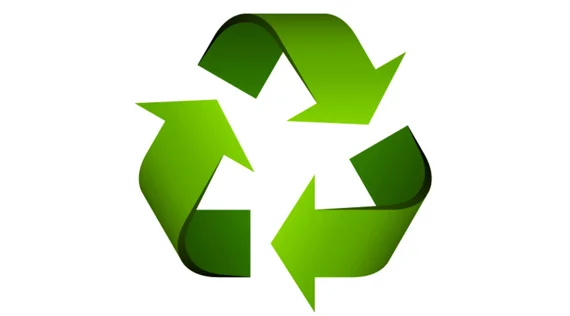
SEATTLE (Waste Advantage): A new study confirms that tire recycling reduces harmful emissions when compared to the impacts of using new materials to create the same products. Meeting producer obligations under Ontario’s Resource Recovery and Circular Economy Act (RRCEA) and Tire Regulation 225/18 means providing services to producers that ensure they meet their regulatory target to collect and recycle 100 per cent of the used tires they sell into the marketplace. This includes transporting them to processing facilities and verifying how they are repurposed into new products for approved use in the marketplace as a Tire Derived Product (TDP). A TDP displaces the more conventional use of new, or “raw” materials used to make products.
People expect that products made from recycled tires will deliver ecological benefits when compared to the use of (new) materials they displace. Putting numbers to this expectation was at the heart of the “Scrap Tire Life Cycle Assessment (LCA),” a study that involved the elective participation of seven members of the Canadian Association of Tire Recycling Agencies (CATRA). The study included collection and analysis of participating tire recycling agencies using data spanning 2017 – 2020, and in Spring 2022, participants received their individual LCA report. The engagement of a critical review panel ensured that the methodology of analysis and reporting aligns with the requirements of the International Organization for Standardization (ISO 14044).
What is an ISO Critical Review?
The LCA report underwent the critical review process in accordance with ISO standards. The purpose of a critical review is to ensure studies are performed in a manner consistent with ISO methodology and best practices, and that the conclusions of a report are supported by the data used. The LCA review found that the report was in conformance with ISO standards, the methods used to carry out the LCA are scientifically valid, and the findings are supported by the information presented. Note: the provincial model and findings for Ontario were included in the scope of the critical review, the individual provincial report was not. The following summary of the life cycle assessment focuses on data provided by eTracks Tire Management Systems for its 2020 tire recycling activities in Ontario including: used tire collection, hauling, processing and repurposing activities.
Study Overview
The LCA study looks through a lens of six environmental impacts, including: global warming (climate change), smog, air particulates (human health particulates), acidification, ozone depletion, and air and water eutrophication. Results show how a TDP fares, in each of these categories, when compared to the life cycle impacts of its respective displaced material. Results also show how each TDP compares with another when it comes to ecological impacts. For each of these ecological impacts, the magnitude of avoided impacts in Ontario were at least twice the magnitude of those where new materials were used, with scores for climate change/global warming, human health (air) particulates and acidification being particularly favourable.
Courtesy: www.wasteadvantagemag.com
| Copper Scrap View All | |
| Alternator | 0.31 (0) |
| #1 Copper Bare Bright | 3.69 (0.04) |
| Aluminum Scrap View All | |
| 356 Aluminum Wheels (Clean) | 0.71 (0) |
| 6061 Extrusions | 0.62 (0) |
| Steel Scrap View All | |
| #1 Bundle | 475.00 (0) |
| #1 Busheling | 495.00 (0) |
| Electronics Scrap View All | |